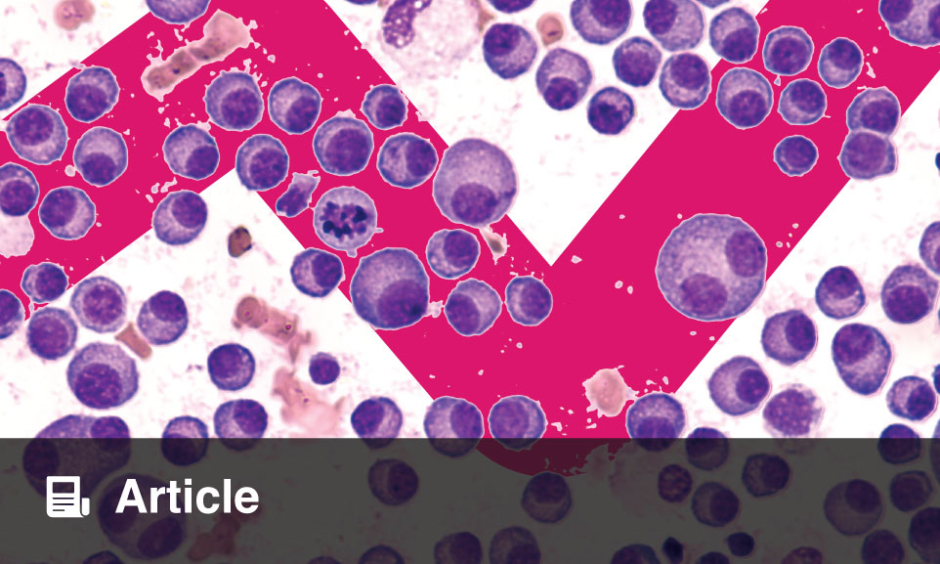NOVEL belantamab combination therapy is associated with statistically significant and clinically meaningful improvements in progression-free and overall survival in relapsed/refractory multiple myeloma (RRMM) patients compared to pomalidomide plus bortezomib and dexamethasone (PVd). First-line multiple myeloma (1L MM) treatments often involve triplet or quadruplet therapies, necessitating new treatment combinations for patients at their first relapse to combat acquired resistance. The DREAMM-7 clinical trial demonstrated that belantamab mafodotin combination therapy can significantly modify progression-free and overall survival. Researchers presented results from the DREAMM-8 clinical trial, evaluating a new belantamab combination therapy, belantamab mafodotin plus pomalidomide and dexamethasone (BPd), vs PVd for RRMM treatment, at the 2024 European Hematology Association Congress.
The DREAMM-8 clinical trial was a Phase III, open-label, randomized, multicentre study that evaluated the efficacy and safety of BPd VS PVd in adult cancer patients who received at least one prior therapy, including lenalidomide. The study comprised 303 patients randomly assigned to the BPd or PVd treatment group in a 1:1 ratio.
The results revealed significant improvement in progression-free survival with BPd vs PVd. The median progression-free survival was not reached with BPd treatment vs 12.7 months with PVd (hazard ratio [HR], 0.52; 95% confidence interval [CI], 0.37-0.73; p<0.001). The 12-month progression-free survival rate was 20% higher for BPd patients (71% for BPd vs 51% for PVd). Moreover, the overall response rate was 77% with BPD compared to 72% with PVd and complete response or better was higher with BPd at 40%compared to 16% with PVd. Finally, there was a positive trend in overall survival favouring BPd (HR, 0.77; 95% CI, 0.53-1.14), and the adverse events (AEs) reported were >99% in the BPd group (89% had ocular AEs), while the PVd group reported 96% AEs (30% ocular).
The authors concluded that the DREAMM-8 study demonstrated that patients receiving BPd showed a statistically significant and clinically meaningful improvement in progression-free survival. Furthermore, the BPd treatment response was more profound and more durable, with favourable trends in overall survival observed. Although ocular AEs were more common in the BPd treatment group, the AEs were manageably and broadly consistent with the safety profiles of known individual agents. Author Meletios Dimopoulos, Athens School of Medicine in Greece, finished by stating that belantamab mafodotin combination therapy can now be considered a new standard of care for RRMM patients.
Reference
Dimopoulos S et al. Results from the randomized phase 3 DREAMM-8 study of belantamab mafodotin plus pomalidomide and dexamethasone (BPd) vs pomalidomide plus bortezomib and dexamethasone (PVd) in relapsed/refractory multiple myeloma. Abstract LB3440. EHA Annual Congress 13-16 June 2024.








